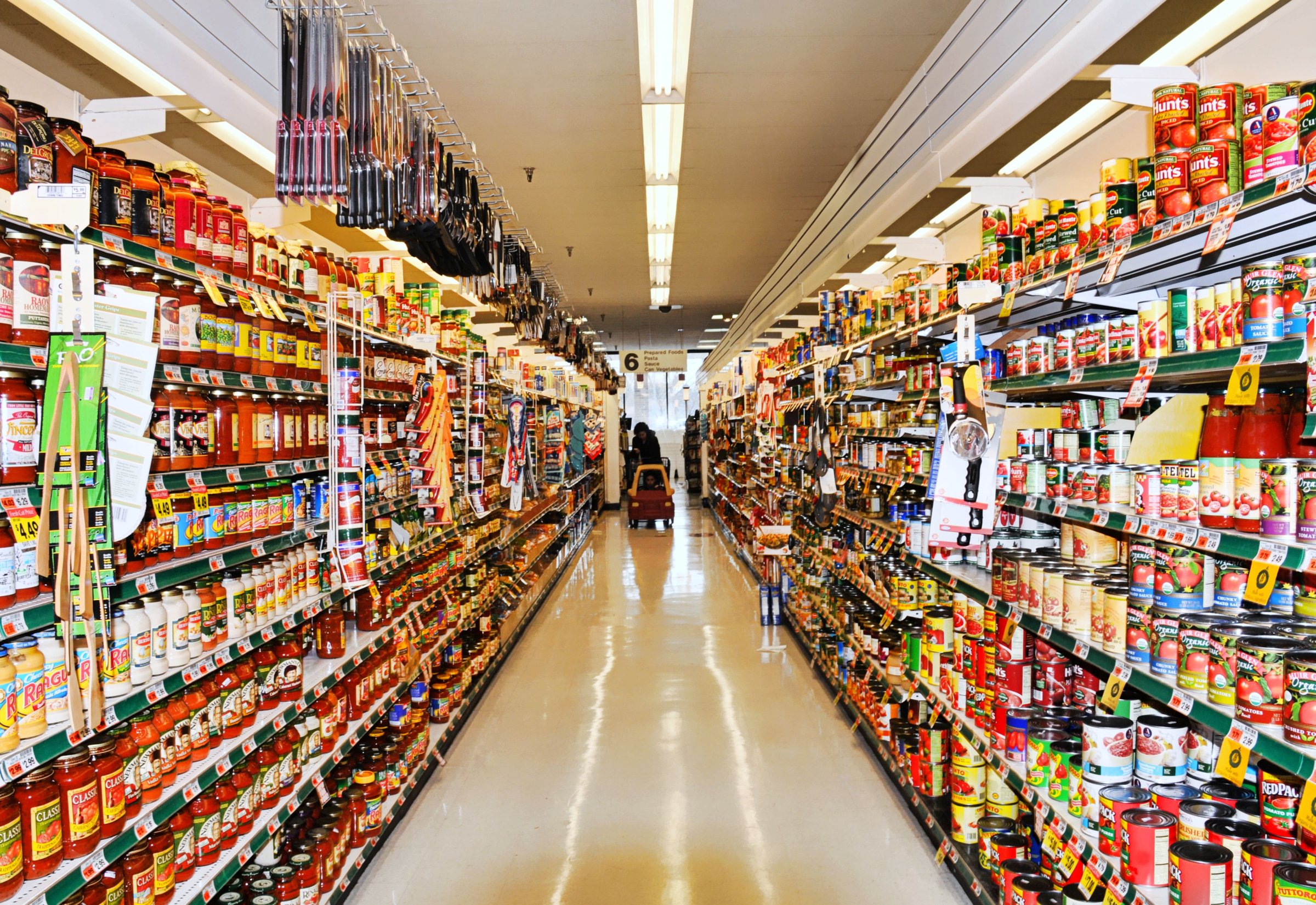
Knowing when to throw out milk that’s gone sour or bread that’s grown mold is a no-brainer, but for many of the foods we eat, it’s not nearly as obvious when we shouldn’t eat them, and manufacturers often don’t make it any easier.
The upshot is that we throw out tons — literally — of perfectly good food. The USDA’s Economic Research Service estimated that in 2010, we threw out 133 billion pounds of food, which is almost a third of the country’s edible food.
That’s embarrassing. It’s also shockingly expensive. The USDA estimates the value of the food we chucked at $161.6 billion — and that’s only for a single year.
“Data show that many consumers do not understand the difference between a ‘use by’ and ‘best before’ date,” the Institute of Food Technologists says. The group
Especially for processed foods, there are a profusion of labeling terms like “sell by,” “best if used before” and others that are equally vague. “Use by” is the most straightforward. Eat or drink the item after the date and you risk a bout of gastrointestinal distress — or worse. The others are a little bit fuzzier: A “sell by” date includes a fair amount of wiggle room, depending on the product.
“‘Sell by’ is typically used by retailers to know when they know they have to take a product off the shelf. But when people buy that and see that date, they think it’s no longer good after the date,” says William Fisher, vice president of science and policy initiatives for IFT and one of the authors of a new scientific paper that looks at how the dates on our food contribute to us throwing it out prematurely.
The paper found that 25% of us have thrown out food past its “sell by” date and 10% think eating food after a “best by” date is a major health risk (it isn’t).
Labels that give a “best by” or “best before” date generally aren’t addressing food safety issues. It’s a marketing thing. “That’s to maximize the quality of their product. It protects their brand,” Fisher says. Food companies don’t want you thinking their products taste stale just because you let the stuff sit on a shelf for years.
The IFT says, in general, one-third of a product’s shelf life remains after a “sell by” date, but it can be hard for the average American to figure out just when that box of granola bars or bottle of salad dressing in their pantry was produced. Storage and handling particulars like whether the food is exposed to light and what temperature it’s kept at also affect how long an item will stay good.
Research in Europe argued earlier this year that “best before” dates should be scrapped entirely, since they’re not indicative of when it becomes risky to eat something. If you’re worried that what you’re eating might be suspect because it’s past one date or another that’s stamped on it, there are guides that lay out what to keep and what to chuck.
Even if you’re not concerned about the sheer volume of usable food Americans feed to their trash cans, keep in mind that a little healthy skepticism about those non-safety-related date labels can also help you lower your grocery bill.
More Must-Reads from TIME
- Why Trump’s Message Worked on Latino Men
- What Trump’s Win Could Mean for Housing
- The 100 Must-Read Books of 2024
- Sleep Doctors Share the 1 Tip That’s Changed Their Lives
- Column: Let’s Bring Back Romance
- What It’s Like to Have Long COVID As a Kid
- FX’s Say Nothing Is the Must-Watch Political Thriller of 2024
- Merle Bombardieri Is Helping People Make the Baby Decision
Contact us at letters@time.com